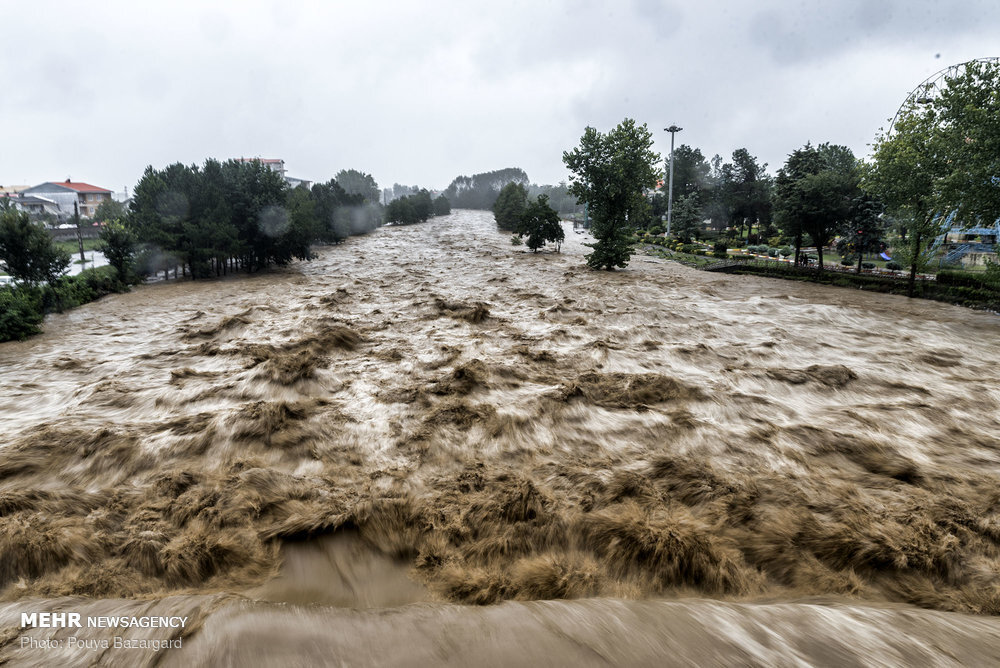20% of areas in Iran at high risk of flood

TEHRAN – Twenty percent of areas across Iran are highly prone to flooding, Khosro Shahbazi, head of the Forests, Range, and Watershed Management Organization (FRWMO), has said.
“Precipitation in Iran is one-third of the world’s average, as the country is located in a dry and fragile region where we experience 11 millimeters decrease in precipitation each 10 years and an increase in evaporation of more than 50 millimeters every year,” he explained, ISNA reported.
Rainfall fluctuations usually lead to flood and devastation, so a comprehensive planning for watershed management and flood control is required, he noted.
Since most of the water supply is extracted from groundwater resources, the country is in a critical condition in terms of groundwater resources, he stated, highlighting, because perception is less than water withdrawal from the aquifers, so the best way to store rainwater is watershed and aquifer projects.
Main factor in disaster management
Having tackled over 34 out of 41 natural disasters identified worldwide, Iran is among the top countries most prone to natural disasters, according to the United Nations Development Programme (UNDP).
Disaster management is a cycle consisting of mitigation, preparedness, response and ended with recovery, the most neglected among which is preparedness in the country.
However, the response cycle is the most experienced part, with preparedness effectiveness and efficiency of response will increase.
Generally, crisis planning needs sufficient information from databases, but Iran suffers from a lack of access to great databases like spatial database information and Geographic Database Information and communication among organizations to interchange information.
Another problem is the lack of an organization to compensate for the destruction, as insurance plays the main role in risk transfer and funds for rebuilding.
Finally, the preparedness of people for emergency situations is a vital factor which needs appropriate public education in self-protecting behaviors, relief aids, mitigation, etc. and Iran has not done much to improve effectiveness except for some maneuvers and limited educations.
Having even sufficient knowledge of how to prepare for emergencies does not guarantee that people would take self- protection measures, so past disaster experience is not the prime factor to enhance awareness or even maneuvers and school education cannot rationally provide useful information as a knowledge base for earthquakes.
FB/MG
Leave a Comment